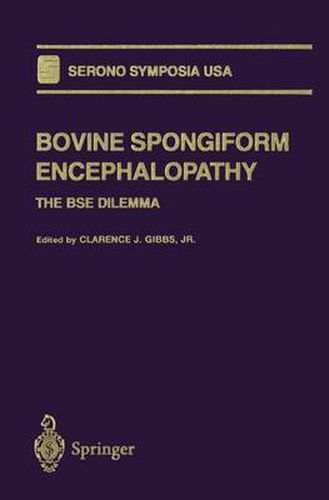Readings Newsletter
Become a Readings Member to make your shopping experience even easier.
Sign in or sign up for free!
You’re not far away from qualifying for FREE standard shipping within Australia
You’ve qualified for FREE standard shipping within Australia
The cart is loading…






This title is printed to order. This book may have been self-published. If so, we cannot guarantee the quality of the content. In the main most books will have gone through the editing process however some may not. We therefore suggest that you be aware of this before ordering this book. If in doubt check either the author or publisher’s details as we are unable to accept any returns unless they are faulty. Please contact us if you have any questions.
The very first international working discussion on slow infections of the nervous system was entitled Slow, Latent, and Temperate Virus Infec tions and was held at the National Institutes of Health (NIH) in December 1964. The primary impetus was the discovery and investigation of kuru in New Guinea by D. Carleton Gajdusek, M. D. This working discussion brought together investigators in human and veterinary medicine, virolo gists, microbiologists, and neuropathologists actively engaged in laboratory work with viruses that illustrated properties of latency, masking, slowness, or temperateness, with emphasis on subacute and chronic neurologic dis eases of unknown etiology. In the Preface to the monograph of published papers presented at the working discussion, Gajdusek and Gibbs wrote the following: After microbiology had given solution to the etiology of most acute infections of the central nervous system and after fungi and bacteria had been incriminated in impor tant chronic disorders of the nervous system such as torula and tuberculosis men ingitis, we have been left, in neurology, with a wide range of subacute and chronic affections of the central nervous systems of unknown etiology. Some of these diseases, still listed as idiopathic, are among the most prevalent afflictions of the central nervous system. Many others with familial patterns of occurrence do not yet have their basic pathogenesis or underlying metabolic defect elucidated, although we tend to think of them as genetically mediated.
$9.00 standard shipping within Australia
FREE standard shipping within Australia for orders over $100.00
Express & International shipping calculated at checkout
This title is printed to order. This book may have been self-published. If so, we cannot guarantee the quality of the content. In the main most books will have gone through the editing process however some may not. We therefore suggest that you be aware of this before ordering this book. If in doubt check either the author or publisher’s details as we are unable to accept any returns unless they are faulty. Please contact us if you have any questions.
The very first international working discussion on slow infections of the nervous system was entitled Slow, Latent, and Temperate Virus Infec tions and was held at the National Institutes of Health (NIH) in December 1964. The primary impetus was the discovery and investigation of kuru in New Guinea by D. Carleton Gajdusek, M. D. This working discussion brought together investigators in human and veterinary medicine, virolo gists, microbiologists, and neuropathologists actively engaged in laboratory work with viruses that illustrated properties of latency, masking, slowness, or temperateness, with emphasis on subacute and chronic neurologic dis eases of unknown etiology. In the Preface to the monograph of published papers presented at the working discussion, Gajdusek and Gibbs wrote the following: After microbiology had given solution to the etiology of most acute infections of the central nervous system and after fungi and bacteria had been incriminated in impor tant chronic disorders of the nervous system such as torula and tuberculosis men ingitis, we have been left, in neurology, with a wide range of subacute and chronic affections of the central nervous systems of unknown etiology. Some of these diseases, still listed as idiopathic, are among the most prevalent afflictions of the central nervous system. Many others with familial patterns of occurrence do not yet have their basic pathogenesis or underlying metabolic defect elucidated, although we tend to think of them as genetically mediated.